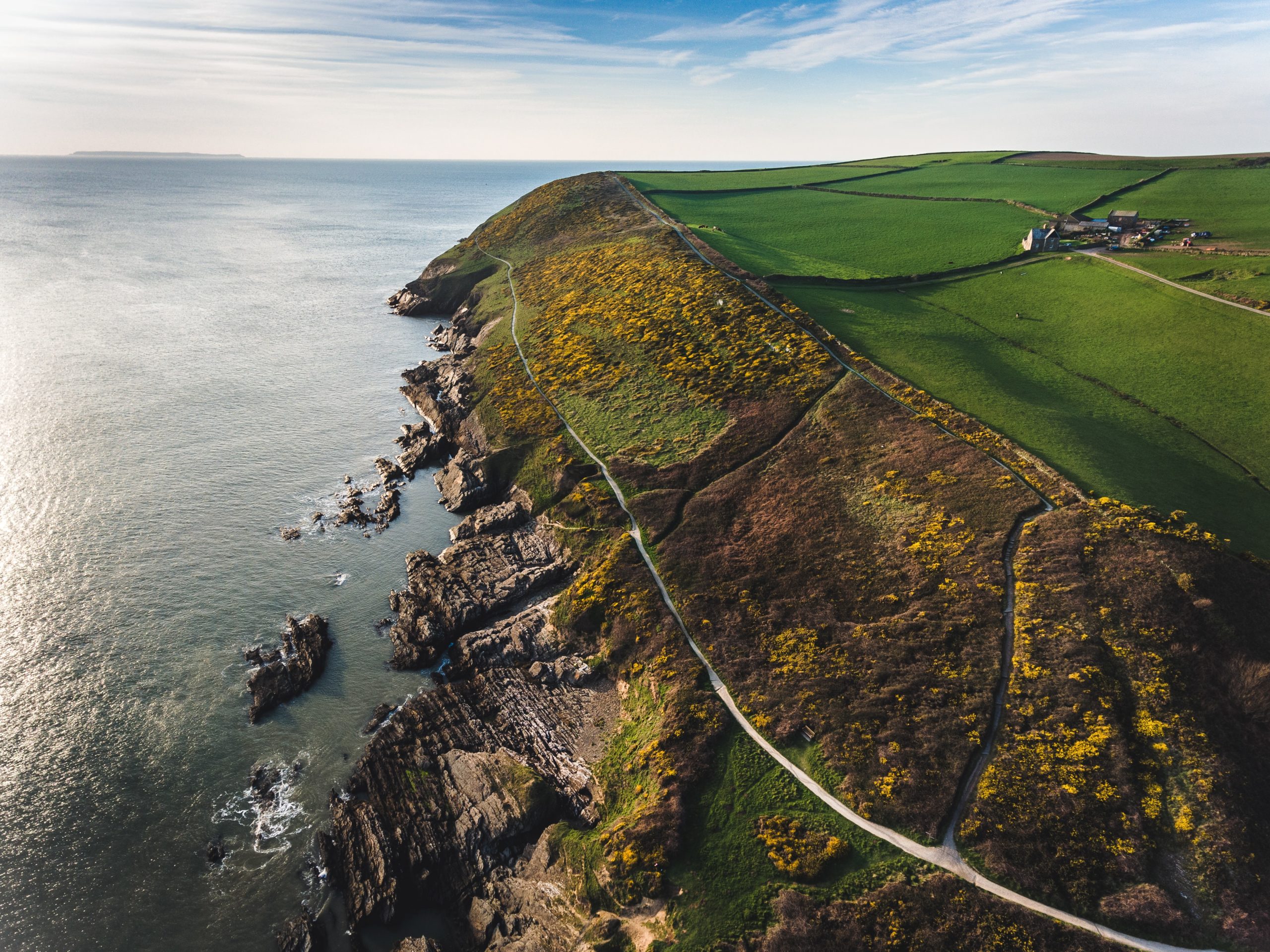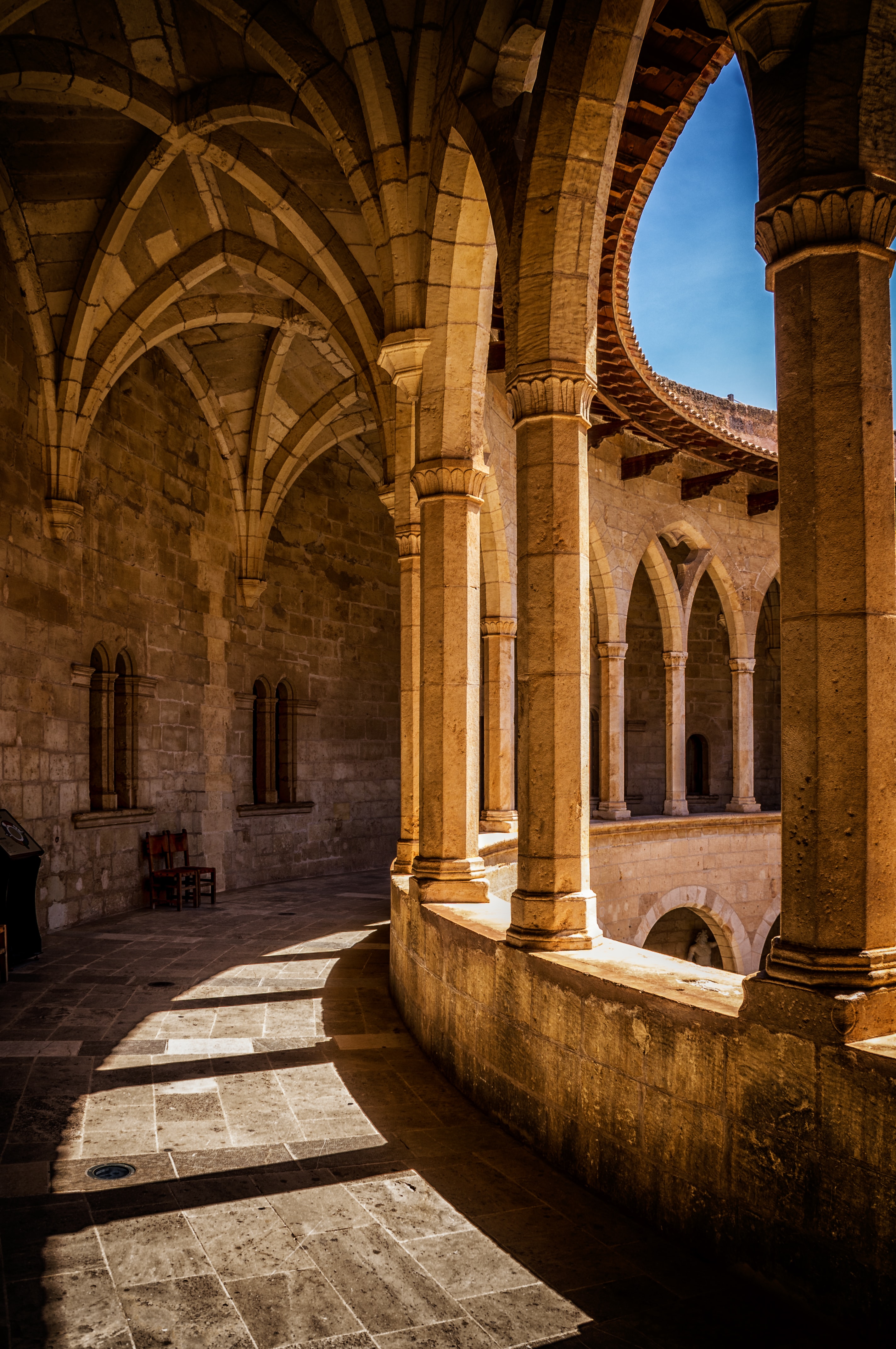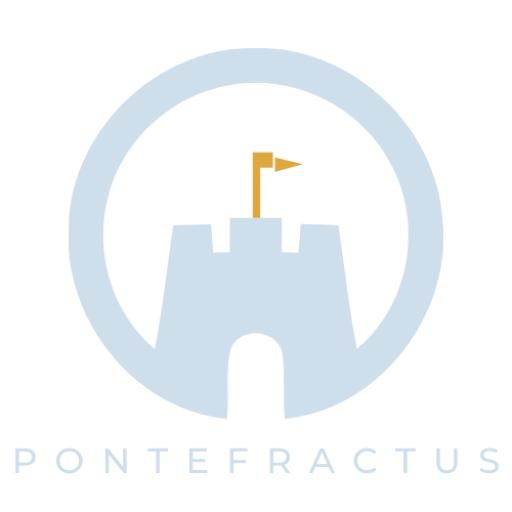Pontefract is one of the 'Five Towns' in West Yorkshire's Wakefield area.
What are the names of Wakefield's five towns?
Wakefield is the biggest city in England, with a population of 336,000 people living in Wakefield City, the Five Towns (Pontefract, Castleford, Knottingley, Featherstone, and Normanton), and the towns and villages to the northwest. Since at least the Middle Ages, Pontefract has been a market town; the main market days are Wednesday and Saturday, with a lesser market on Fridays. There is also a covered market that is open every day of the week except Thursday afternoons and Sundays. Pontefract has a half-day shutdown on Thursday afternoon. Other well-developed retail businesses, ranging from small company holdings to major suppliers including Tesco and Asda, also flourish inside the 'Five Towns' area.



Many major sports are played in the area, including cricket and football. However, horse racing is one of the two best-known institutions.

Local & community attractions for tourists

Pontefract has been a market town since at least the Middle Ages; the major market days are Wednesday and Saturday, with a lesser market on Fridays. There is also a covered market, which is open every day except Thursday afternoons and Sundays. Thursday afternoon is a half-day closure in Pontefract. However, other well-developed retail businesses thrive within the 'Five Towns' area, ranging from small business holdings to major suppliers such as ASDA, Tesco, Morrison's, and the retail park Freeport with its close neighbor the Xscape complex, which offers restaurants, bars, shops, cinema, bowling, and not forgetting skiing as some of its attractions.
Castle of Pontefract

Pontefract Castle was formerly one of Yorkshire's largest and most feared defenses. It was demolished after the Civil War, much to the delight of the inhabitants, and sat abandoned for many years. The castle was utilized by licorice growers in the nineteenth century. It is now a tourist attraction. The 'Five Towns' area is also conveniently positioned near the M62, M1, and A1 highways, making it easy to get to and from.

The finest places to visit in the United Kingdom in 2022
To say the least, the previous few years have been unpleasant for vacationers. A never-ending combination of lockdowns, travel restrictions, and airport turmoil has added a new element of stress to international travel as if it wasn’t already terrible enough. As a result, an increasing number of individuals are vacationing closer to home, getting to know the UK in ways they had never imagined before. The academy of historical arts is one of many things about which Great Britain should be proud. Sure, the UK is small, but when it comes to breathtaking scenery, world-class attractions, and a good old-fashioned pub, this location is hard to match.
Devon’s Lundy Island
This small island off the coast of Devon, which successfully gathered funds to ensure its existence last year, is home to fewer than 30 people and several puffins. It’s peppered with old structures that have been converted into vacation rentals for persons looking for privacy (a handful of the cottages sleep only one) or the feeling of being shut off from both the real world and the mainland. Ideal if you don’t feel like you’re on vacation until you cross a body of water.

With that in mind, where are the finest spots to visit in the United Kingdom in 2022? That’s a great question, and we’d be pleased to address it. Staycations in the United Kingdom have never been more enticing, but there are no excuses for not seeing the country’s national parks, enchanting cities, and inaccessible islands. This is the best of the UK for 2022 – get ready to fall in love again.
Wales’ Snowdonia
Everyone recalls the long lines to the peak of Snowdon in the summer of 2020, but there are alternatives to enjoy this massive National Park in north Wales and its surrounding countryside without adding to the throng. Spend the night suspended above the waves in a portaledge tent, or get your pulse rate up by taking a rock-climbing course and ascending the area’s peaks the hard way.
Wales’ Pembrokeshire
Pembrokeshire, often regarded as one of Wales’ most beautiful counties, is home to long lengths of beach, charming seaside villages, and even a resident walrus. Trek the 186-mile Pembrokeshire coastal walk, which includes more than 50 beaches, or continue north to the magnificent Preseli mountains. The entire area is steeped in rich Celtic and Anglo-Saxon history, as well as an emerging gastronomy scene, ensuring that there is something for everyone.
Essex’s Dedham
You don’t have to travel far from the city to get picturesque countryside. The verdant countryside around the River Stour, inhabited with riverside taverns, charming villages (lay down for the night at The Sun Inn in Dedham, after stocking up on local Tiptree jam and scones) and, in midsummer, trees drooping with the weight of their own lushness, is just outside the M25. If you feel like you’re in a Romantic masterpiece, you’re right: this bloody stunning region of the nation inspired John Constable’s paintings – and will also make wonderful grid content.

Castles in Pontefract
Castle of Pontefract
In the English town of Pontefract, West Yorkshire, there is a castle ruin called Pontefract (or Pomfret) Castle. There is supposed to be where King Richard II passed away. Several well-known sieges took place there during the English Civil War in the seventeenth century. Castles South West England are almost all gorgeous: they have their own stories and unique situations.
History
In or about 1070, built the castle on a rock east of the town, above All Saints’ Church. King Henry I took the family’s castle in the 12th century after Robert de Lacy failed to help him in his conflict with his brother. For the Honour of Pontefract, Roger de Lacy gave King Richard I 3,000 marks, but the King kept the fortress. In 1199, the year that John came to the throne, his successor King John handed de Lacy the castle. John, Roger’s eldest son, succeeded him after his death in 1213. Castle Donington and Pontefract Castle, on the other hand, were taken by the King. Up to the beginning of the 14th century, the de Lacys occupied the fortress. The castle was acquired by the estates of the House of Lancaster by marriage in 1311. Six days after losing at the Battle of Boroughbridge, Thomas, Earl of Lancaster (1278–1322) was sentenced to death.
A stronghold for royalists
On April 19, 1603, King James rode from Grimston Park to see Pontefract Castle and spent the night at the Bear Inn in Doncaster on his route south to London. The castle was a part of his wife’s English jointure property. Pontefract Castle was under the possession of royalists at the outset of the English Civil War. The first of three sieges started in December 1644 and lasted until Marmaduke Langdale, 1st Baron Langdale of Holme and his Royalist reinforcements arrived in March 1645, at which point the Parliamentarian army withdrew. Mining and artillery damage from the siege led to the Piper Tower’s fall. Soon after the first siege ended, on March 21, 1645, a second siege began. The garrison was forced to surrender in July after learning of Charles I’s defeat at the Battle of Naseby. Up until June 1648, when Royalists broke in and gained power, Parliament kept the castle under guard. The Royalists had a significant foothold at Pontefract Castle, and raiding teams terrorized Parliamentarians nearby. In November 1648, Oliver Cromwell oversaw the last siege of Pontefract Castle. After reaching an arrangement with the Pontefract garrison following Charles I’s execution in January, Colonel Morrice turned up the castle to Major General John Lambert on March 24, 1649. On March 27, Parliament issued instructions ordering Pontefract Castle to be “completely demolished & levelled to the ground” and selling off the castle’s components in response to requests from the locals, the grand jury in York, and Major General Lambert. Dismantling in pieces following the primary organized operation of The castle’s 11th-century vaults, which were used to store military supplies during the civil war, are still open for tours.

Preservation
Apart from the curtain wall and the interior walls that have been cleaned up and excavated, not much remains of what “must have been one of the most spectacular castles in Yorkshire.” Inner and outer baileys were present. The oldest remnants are pieces of a wall from the 12th century, the postern gate of the Piper Tower, and the ruins of a church. On the mound from the 11th century are the remains of the Round Tower or stronghold. With inner and outer barbicans, the Great Gate was surrounded by semicircular towers built in the fourteenth century. The North Bailey gate is identified by the remnants of a rectangular tower, and chambers carved into the rock in the inner bailey may point to the location of the medieval hall. There are various odd aspects of the castle. The donjon features a unique quadrifoil pattern. The Clifford’s Tower in York and the Château d’Étampes in France are two further examples of this sort of Keep. Additionally, Pontefract features, a fortification that is hardly known outside of the Torre Albarrana. In September 2015, the site’s manager, Wakefield Council, gave William Anelay Ltd the go-ahead to start repairs on the castle. However, when Anelay entered administration in November 2016, work on the project came to an end. Once Heritage Building & Conservation (North) Ltd. had been hired by the Council, construction on the site got under way in March 2017. After a brand-new tourist center and cafe were inaugurated in July 2017, the council declared in April 2018 that they had ended their agreement with HB&C (North) Ltd because no work had been done since mid-March and they had received no promises that it would resume.
The World Of Tourism Changing Now: New Problems And Solutions

In light of the current issues in tourism, travel restrictions have been tightened. Every third tourist destination on the planet is presently off-limits to tourists from outside the country. According to the most recent data from the United Nations World Tourism Organization (UNWTO), the appearance of new versions of the COVID-19 virus has prompted several governments to reverse their efforts to remove travel restrictions, with outright closures to visitors most common in Asia and the Pacific and Europe.
Decreasing Statistics Of International Touristic Spots
The UNWTO Travel Restrictions Report provides a comprehensive overview of the restrictions in place in 217 countries throughout the globe. Due to the continuing epidemic issue, governments have taken a more cautious approach to reduce or remove travel restrictions, according to the newest report. There was 32 percent (69) of all foreign tourist sites closed at the beginning of the year. More than half of them (38 destinations) have been closed for more than 40 weeks. While this is going on, 34% of popular tourist destinations are now partly shut down. Limits are just one part of the issue when it comes to reviving tourism. In order to secure the safe and responsible restart of a sector that supports millions of enterprises and jobs, their application must be based on the most current data and research.
Journal “Current Issues in Tourism” Makes an Appearance

In-depth discussion and analysis of critical topics affecting the tourism industry are fostered by this journal’s publication of current concerns. For extended peer-reviewed articles, comments, letters, and reviews, all of which are meant to elicit further debate, it gives a readable framework. Tourism research, technique, and practice are all included in this project, which is both practical and theoretical in nature. Travel and tourism studies are the focus of this vibrant but rigorous journal. Papers are welcome on any subject that falls under the umbrella of tourist studies. Current Issues in Tourism is designed to be accessible to both new and seasoned scholars and practitioners throughout the world. The main goals of the journal include promoting tourism studies from a wide range of perspectives; bringing researchers from different disciplines and academic fields together to engage in interdisciplinary and post-disciplinary debate; developing the theoretical foundation on which the study of tourism is built; and disseminating new ideas, concepts, frameworks, methods, models, and practices.
What Is The Goal Of The Journal?
Research letters, notes, reviews, and current issues in method and practice are all included in Current Issues in Tourism. To find out more about these areas, as well as how to contribute content, please visit here. Three issues of the magazine, titled “Current Issues in Asian Tourism,” have been devoted to research on Asian tourism. A rapid response is a priority for the journal, which encourages and welcomes brief remarks and rejoinders. CIT Research Letters supports shorter publications that concentrate on current issues or early notification of research findings. Video, audio, photos, and any information on data that isn’t included in the report is also encouraged. The journal Current Issues in Tourism is one of the most distinguished venues for the dissemination of cutting-edge research on all areas of tourism. CIT, now in its thirteenth year, has shown time and over again that it is a newspaper of international renown.
Pontefract Tourist Attractions
The Pontefract Museum is in the middle of the town. It traces the town's and its people's long and interesting history. Visitors may examine displays about the castle's history. They may also marvel at the large collections of Knottingley glass and images documenting the town's history. The museum depicts how the city grew as a result of the licorice trade and coal mining. Those interested in architecture might visit the museum building, which still contains the original 1904 furniture. Copleys Farmhouse is not far from Pontefract. There is indeed a corn maze in the summertime where visitors must find their way out of a seven-acre cornfield with plants up to three meters tall.
Learn more
